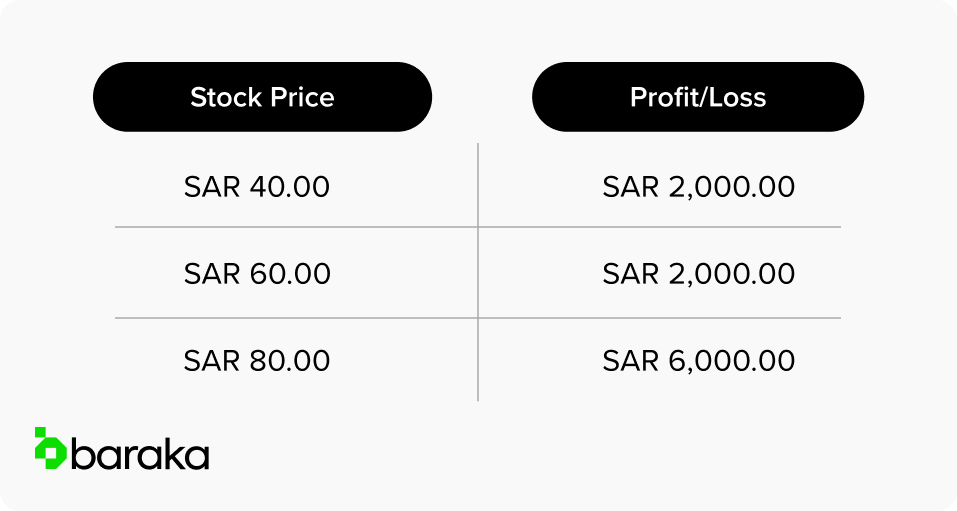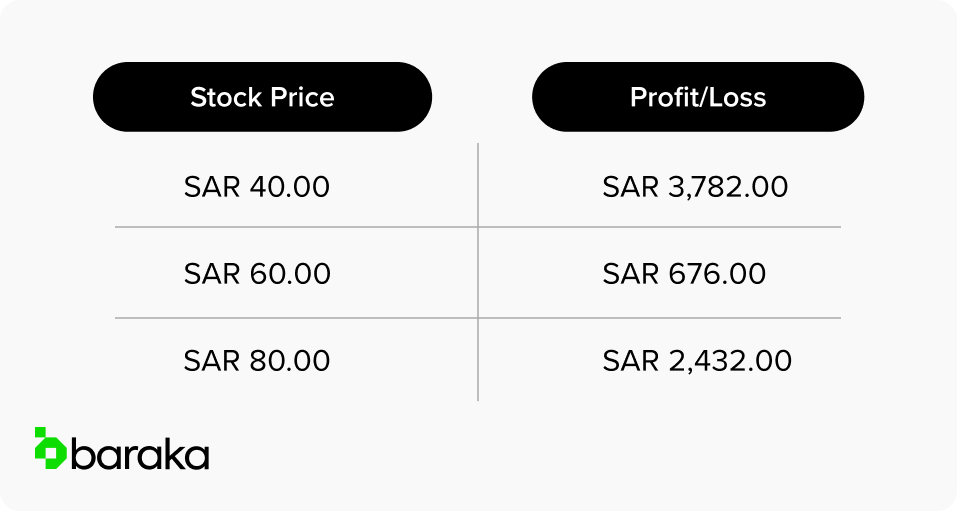One of the most controversial topics in the realm of finance, which tends to keep investors up at night when it comes to the stock market, is the best time to buy stocks. Some investors analyze stocks to predict their movement or the future directions that they might take, as to avoid entering a price peak, which tends to make the stock price fall, and accordingly may cause a partial loss of capital. Other investors tend to use the Dollar Cost Averaging Strategy (which could be understood as buying in installments) by buying at different price points over different intervals. Such a strategy gives the investor a good prediction of the average price, which can mitigate the risk that comes with buying at a full price, and all at once.
Dollar Cost Averaging
Dollar Cost Averaging, also known as DCA, is an investment strategy that is based on dividing the capital into fixed amounts, so that the investor purchases shares/units with these payments at predetermined spaced intervals, regardless of the price of the stock or fund in question.
You may be wondering what is the point of splitting your investment and buying in installments? The objective of the cost averaging strategy is mainly to reduce the impact of movement and fluctuation of the market by distributing investments over regular time intervals, so as to ensure that the stock or fund is not bought at a high price in a single big payment.
This strategy can guarantee you come up with a good average price over time. Additionally, it saves you from trying to pinpoint the market decline to figure out the best time and the cheapest price- accordingly helping you avoid making the mistake of buying in one full payment in case the market is overgrown.
The cost averaging strategy makes it easy to save and build an investment portfolio that helps grow your wealth in the long run. DCA may be one of the best investment strategies for part-timers, where only a fraction of the monthly salary (for example 10%-30%) is deducted and transferred to the wallet for investments. This can be done monthly and at a fixed time (may be the day the salary is received), and regardless of the status and condition of the market (whether it's at a high or a low).
How Can One Make Use of Dollar Cost Averaging?
To understand how to benefit from the cost averaging strategy, we will present you with four scenarios that will allow you to compare DCA to other investment strategies; namely buying the money at once and under different market conditions.
Scenario 1: Buying at Once
In the first scenario, assume that you’re purchasing share “A” in full, with a payment of 10,000 riyals, and at a price of 50 riyals per share, so that the purchase outcome will be 200 shares. In the table below, the stock price will be tested at different levels and the profit/loss on the capital will be reviewed for each price.

Scenario 2: Decline of the Market
We here can witness the maximum benefit of the cost averaging strategy. In this scenario, it will be assumed that the 10,000 riyals are divided into 4 payments, and the purchase will be made at different prices per share, which are 50 riyals, 40 riyals, 30 riyals and 25 riyals. Each payment of 2,500 riyals for each transaction will purchase 295.8 shares, which reflects a significant difference in the increase in the number of shares than if the purchase was made in one complete payment as shown in the previous example. Looking at the P/L spread at the same price levels tested in the previous example, we get the following:

By using DCA, you paid 33.8 riyals as an average cost per share of Company “A”'s stock, compared to a cost of 50 riyals per share in the first scenario. Because you own more shares compared to the number of shares that you would’ve gotten if buying at once, your investment will grow larger and faster with the rise in the share price, as your net profit will be more than double if the share price reaches 80 riyals.
Scenario 3: Volatility of Stocks & Market
There come times when the market goes up or down ever so slightly that its effect on your wallet is negligible. Suppose the same amount, that is 10,000 riyals, is divided equally into 4 payments, and that the purchase is made at the following prices: 50 riyals, 40 riyals, 60 riyals, and 55 riyals over a full year. The four transactions will buy 199.6 shares, which is about the same number of shares that you would get if you bought in one full payment without splitting the amount. The profit/loss column in the table will be almost identical to the table in Scenario #1. Meaning, in this scenario, buying in batches will be neither better nor worse, as it will have no effect.
Cost averaging in this scenario results in almost the same financial outcome as a one-time purchase, but in fact it does not. By buying in batches, you have avoided the risks that come with market volatility, as dividing your investments spared you the burden of messing up the timing of the market.
The outcome of profit/loss is the same, but what if you buy in full and then the market goes down? The past was not known when you bought the stock or the fund, so by buying in installments, you essentially have avoided the risk of a market decline.
Scenario 4: Rise of the Market
In the last scenario, we will assume that the market will rise. Suppose your 10,000 riyals are divided into 4 equal payments, and the stock was bought at the following prices: 50 riyals, 65 riyals, 70 riyals and 80 riyals, taking into account the rise of the market. The total number of shares you will own after your last purchase is 155.4 shares. The profit/loss will be as follows:

This is the only scenario in which the one-time purchase strategy is deemed better in comparison to the cost averaging strategy. Of course, this is one of the rare scenarios, because stocks are volatile in nature. We recall that even the stocks of big and financially strong companies often decline due to external influences, be it news, or not exceeding analyst expectations for profits.
Regulated by the DFSA.
Past performance is no guarantee of future results. Your investment can fluctuate, so you may get back less than you invested. Consider each product’s risk(s) before investing.
Baraka is not a financial adviser and therefore does not provide financial/investment advice. Our content is informational only.

